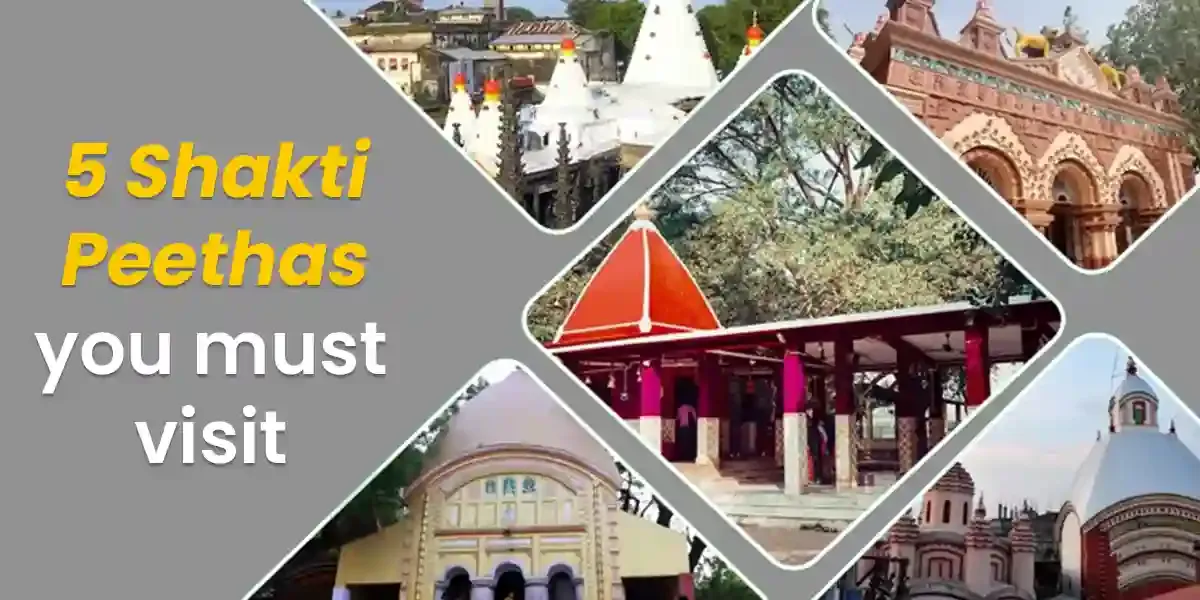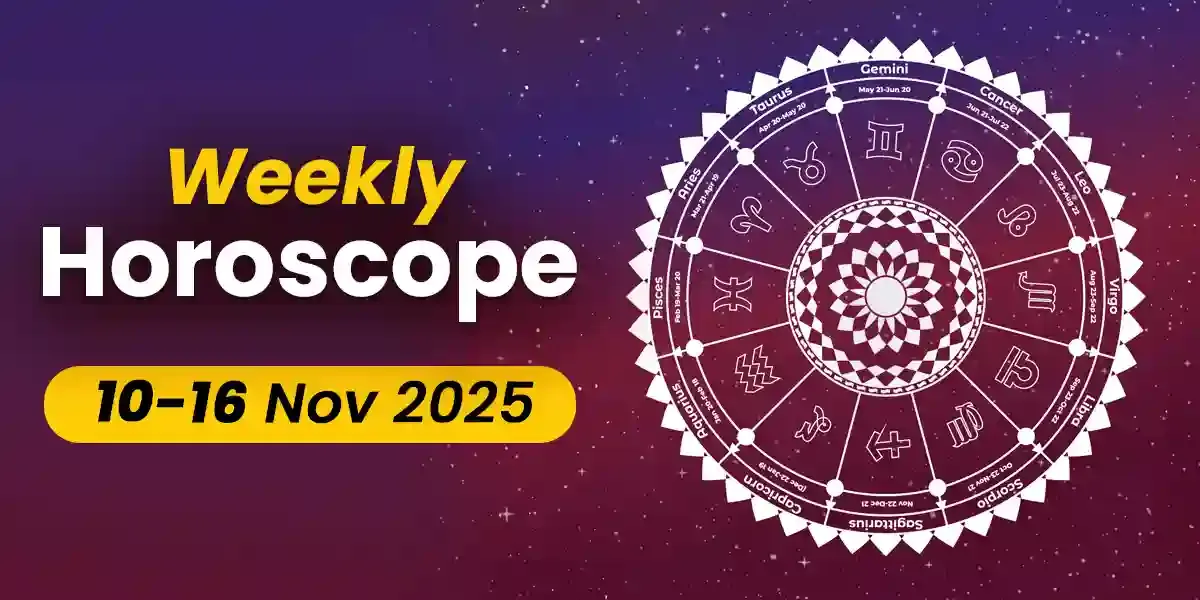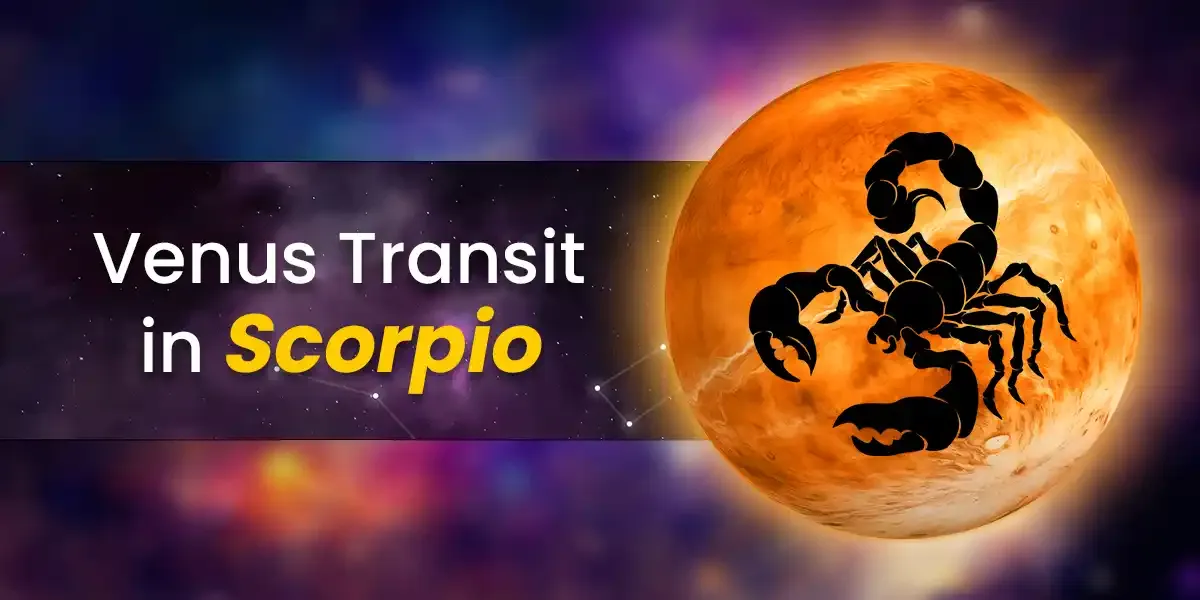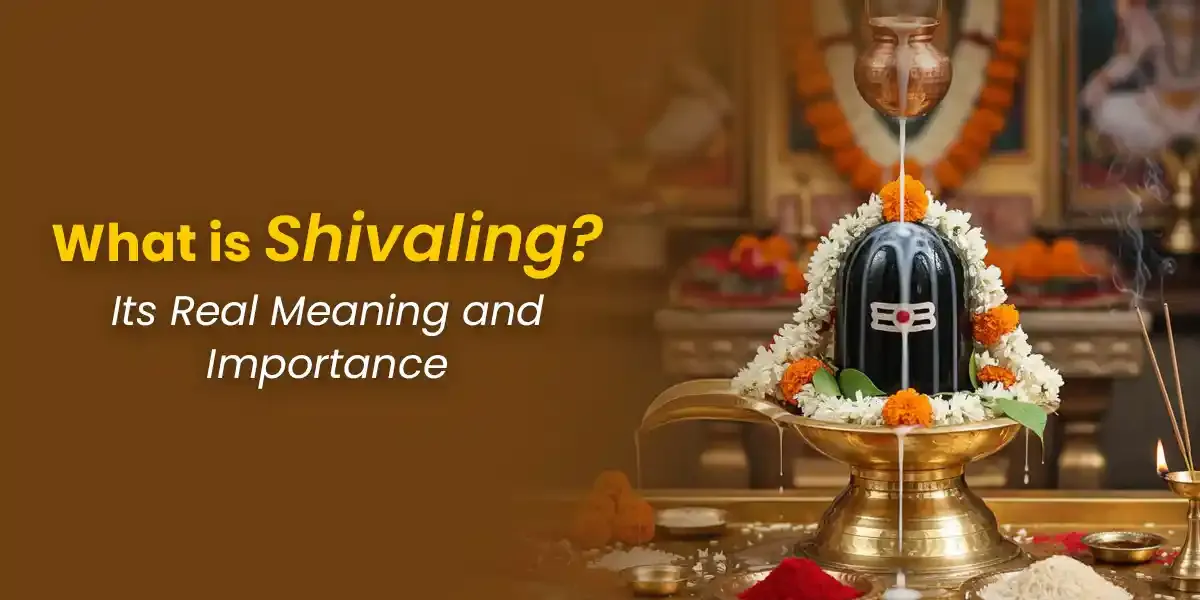
Are you aware of the mysteries that Shakti Peethas hold? Blood red river flowing from Kamakhya temple, when it remains closed, the eternal burning flame in Jwalamukhi temple, tantric practices that still exist in Kalighat Temple, Katyayani temple that bestows the energy of love that fulfills the desire to get married, and Hinglaj temple that is believed to activate our 7th Chakra (Crown Chakra). Let’s take a dive into the mysterious facts of the devotional world.
What’s the Story Behind The 51 Shakti Peethas?
Goddess Sati was the daughter of Daksha Prajapati, one of the sons of Lord Brahma. She married Lord Shiva against her father’s will. Once, she went to the Yagna organised by Daksha uninvited to acknowledge why Lord Shiva and she weren’t invited. However, Daksh insulted Sati and her husband. Unable to hear the humiliation of her husband, Sati immolated herself in the sacrificial fire.
Upon hearing the entire incident, Lord Shiva, filled with rage, performed the Tandava (dance of destruction) and carried Sati’s body on his shoulder, which caused an imbalance in the universe.
To save the Universe from Shiva’s anger, Lord Vishnu broke Sati’s body into pieces with his Sudarshan Chakra (Divine discus), and the pieces fell in different locations, which are considered as Shakti Peethas.
5 Most Powerful Shakti Peethas
Let’s have a look at the 5 Shakti Peethas, where faith and miracles breathe together.
Jwala Devi Shakti Peetha
The Jwala Devi Shakti Peetha is situated in Kangra, Himachal Pradesh. This is the place where the tongue of Goddess Sati fell. The ancient temple has no idol but an eternal burning flame as the main deity, known as Jwala Devi. The flame can be seen in a cave for an infinite time.
During the Mughal era, Akbar attempted to extinguish the eternal flame by all means but failed. After realizing the divine power, he offered a golden umbrella at the shrine. Navratri witnesses devotees in huge numbers.
Kamakhya Devi Shakti Peetha
Kamakhya Devi temple is located in Guwahati, Assam, where the (Yoni) reproductive organ of Goddess Sati fell. The prominent deity worshipped in this temple is the Yoni, which represents the feminine energy and Bindu (origin of creation). Devotees offer hibiscus flowers, Sindoor(vermilion), fruits, and sweets to Goddess Kamakhya and receive Jal (holy water) from the temple.
The temple remains closed for three days during the Ambubachi festival as the goddess is on her menstrual cycle. Few people say that the Red River flows from the temple during this time, which is believed to be the goddess's menstrual cycle. Before closing the temple, priests cover the Yoni Mandal. When the temple reopens on the fourth day, the Angavastra (body cloth) of Goddess Kamakhya is given to the devotees in the form of Prasad.
The red cloth stands for the mind of the spiritual practitioner, which indicates that if the mind is clean, the highest amount of Shakti can be absorbed.
Katyayani Devi Shakti Peetha
Kuldevi (Goddess of the clan) of Lord Shree Krishna, Katyayani Devi, holds the energy of love. Katyayani Shakti Peetha is located in Vrindavan, Uttar Pradesh, where the hair of Goddess Sati fell. According to a legend, the Gopis (milkmaids) of Vrindavan worshipped Katyayani Devi to get Lord Krishna as their husband.
Since then, Katyayani Devi has been worshipped by unmarried individuals or couples to get a perfect life partner as a blessing from the kind goddess. The temple witnesses huge numbers of devotees during Navratri.
Also read: How AI Astrology is Shaping the Future of Predictions
Kalighat Kali Shakti Peetha
The sacred site where the toes of the Goddess Sati fell is located in Kolkata. Kalighat Kali temple is dedicated to the goddess Kali. The idol of the goddess appears with three eyes looking out at her devotees, four hands, and a long tongue of gold.
In one hand, she holds an axe signifying divine knowledge, breaking the ignorance of humans, while the other hand gives blessings to sustain this knowledge. The Kalighat Shakti Peetha still witnesses tantric practices and age-old authentic sadhana rituals.
Priests cover their eyes as they give a ceremonial bath to the goddess. Festivals such as Durga Puja, Kali Puja, Bengali New Year, and Poila Boishakh witness a huge number of devotees.
Hinglaj Devi Shakti Peetha
Walking through the high terrains, an individual reaches the Hinglaj Shakti Peetha in Balochistan, Pakistan. This is the sacred site where the head of the goddess Sati is said to have fallen. A shapeless stone covered with vermilion is worshipped as the Hinglaj goddess.
It is believed that people with 6 chakras activated are the only ones who can cross the challenging trek that leads to the holy Shakti Peetha. Sages lost in the divine love of the goddess are found meditating, and it is said that this celestial place can activate or balance your 7th Chakra, the (Crown Chakra).
Shakti Peeth List
The remaining 46 Shakti Peethas are listed below, along with their location and the body parts of Goddess Sati that fell in different places and became sacred sites.
Panch Sagar Shakti Peetha: Varanasi, Uttar Pradesh (Lower Teeth)
Vishalakshi Devi Temple: Varanasi, Uttar Pradesh (Earrings)
Taratarini Devi Temple: Brahmapur, Odisha (Breasts)
Bimala Devi Shakti Peetha: Puri, Odisha (Feet)
Kankalitala Temple: Birbhum, West Bengal (Pelvis)
Saptashrungi Temple: Vani, Maharashtra (Right arm)
Shondesh Temple: Near Midnapore, West Bengal (Bones)
Shri Chakreshwari Devi Temple: Shrinagar, Jammu and Kashmir (Anklets)
Naina Devi Temple: Bilaspur, Himachal Pradesh (Eyes)
Chamundeshwari Devi Temple: Mysore, Karnataka (Hair)
Jogulamba Temple: Alampur, Telangana ( Upper teeth)
Brahmaramba Temple: Srisailam, Andhra Pradesh (Neck)
Sugandha Shaki Peeth: Shikarpur, Bangladesh (Nose)
Karatal Shakti Peeth: Nepal (Hands)
Bahula Shakti Peeth: Ketugram, West Bengal (Left arm)
Kalmadhava Shakti Peetha: Amarkantak, Madhya Pradesh (Right arm)
Mahlakshmi temple: Kolhapur, Maharashtra (Eyes)
Shakti Temple: Karavpur, Maharashtra (Left wrist)
Shrinakshi Shakti Peetha: Karur, Tamil Nadu (Cheeks)
Vibhash Shakti Peetha: Tamluk, West Bengal (Left ankle)
Harshat Mata Temple: Abhaneri, Rajasthan ( Finger)
Mahakali Devi Temple: Ujjain, Madhya Pradesh ( Upper lip)
Dakshina Kalika Temple: Kalighat, West Bengal (Right toe)
Chintpurni Devi Temple: Una, Himachal Pradesh (Feet)
Ramgiri Shakti Peetha: Chitrakoot, Uttar Pradesh (Right breast)
Manibandh Shakti Peetha: Pushkar, Rajasthan (Wrist)
Purnagiri Devi Temple: Champawat, Uttarakhand (Navel)
Mahamaya Shakti Peetha: Amarnath, Jammu and Kashmir (Throat)
Bahula Devi Shakti Peetha: Ketugram, West Bengal ( Left arm)
Mangala Gauri Temple: Gaya, Bihar (breast)
Tripura Sundari Temple: Udaipur, Tripura (Right foot)
Lalita Devi Temple: Prayagraj, Uttar Pradesh (Finger)
Mangalagauri Temple: Gaya, Bihar (Breast)
Vimala Temple: Puri, Odisha (Feet)
Bhadrakali Temple: Kurukshetra, Haryana (Ankle)
Ujjain Mahakali Temple: Hyderabad, Telangana (Right arm)
Bhuvneshwari Devi Temple: Guhagar, Maharashtra (Left arm)
Shakumbhari Shakti Peetha: Saharanpur, Uttar Pradesh (head)
Ambaji Temple: Gujarat (Heart)
Chhinnamasta Shakti Peetha: Ramgarh, Jharkhand (forehead)
Saptshrungi Temple: Vani, Maharashtra (Right arm)
Avanti Shakti Peetha: Ujjain, Madhya Pradesh (Elbow)
Aparna Devi Temple: Bhavanipur, Bangladesh (Right eye)
Bhramari Devi Temple: Nashik, Maharashtra (Chin)
Jayanti Devi Shakti Peetha: Meghalaya (Left thigh)
Sravani Devi Temple: Kanyakumari, Tamil Nadu (Back and Spine)
If you are curious to know about spiritual growth in your life, Talk to an astrologer on Astroyogi. Consult now!
Summary
The 51 Shakti Peeth embody the immense spiritual power of the feminine divine energy. Let’s fall in love with the divine and free ourselves from the bondage of time and sorrows. Seek the blessings of the 5 Shakti Peethas and fill your life with peace, prosperity, and eternal love.
Our in-house team of writers comprises of vibrant, like-minded, and curious souls who are passionate about helping people find joy and motivation through the magic of words. Our writers are keen on using their skills to make the study of divination sciences a guiding tool in people's lives. They hold expertise in writing on a myriad of topics related to Indian Astrology, Spirituality, Planetary Movements, Vastu Shastra, Numerology, and Tarot among several others. The Astroyogi team aims to write articles that can help the readers lead a life of peace and tranquility whilst enjoying the many ups and downs of life!



































